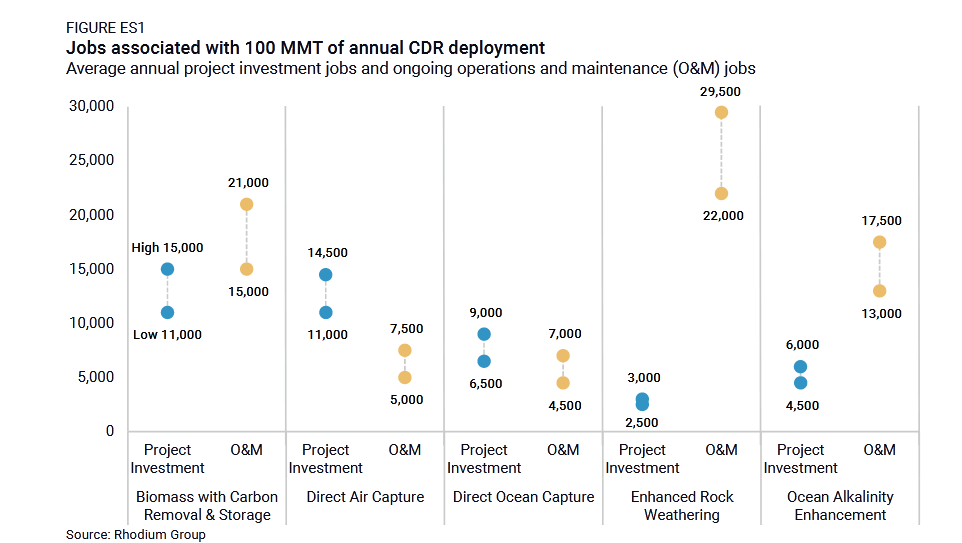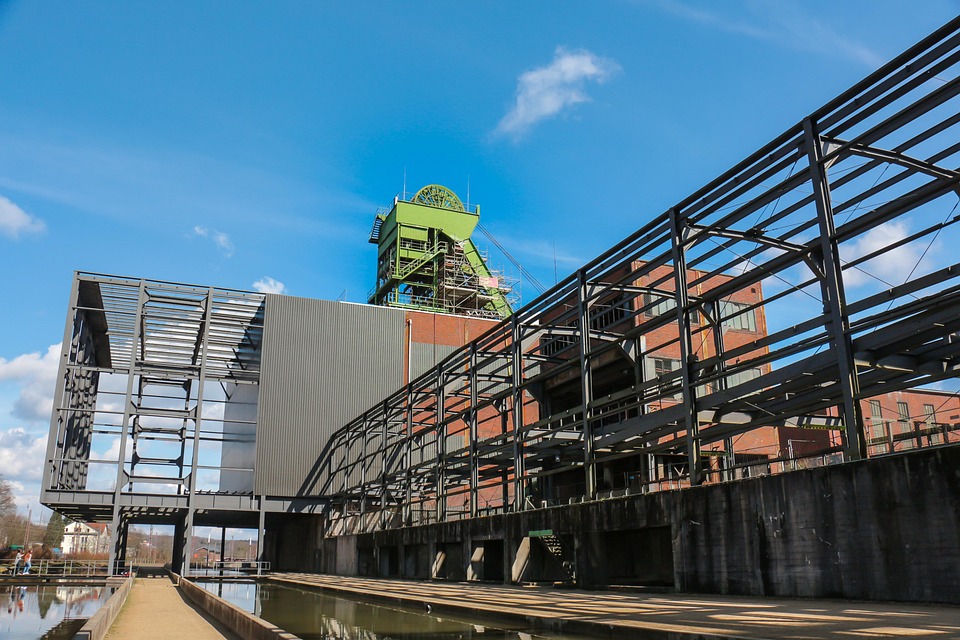Carbon Removal Industry: A Boon for Climate and Jobs in Mining
The carbon removal industry holds significant potential for both mitigating climate change and enhancing employment within the mining sector, according to a recent report from the Carbon Removal Alliance, a US-based non-profit organization.
Impact on Employment and the Economy
An independent analysis conducted by the Rhodium Group estimates that a carbon removal sector capable of eliminating 100 million metric tons of carbon emissions annually could generate between 95,000 and 130,000 sustainable jobs throughout the United States.
Carbon removal encompasses various technologies designed to extract excess carbon dioxide and store it permanently. Certain methods, including Enhanced Rock Weathering (ERW), Ocean Alkalinity Enhancement (OAE), and Direct Ocean Capture, have been identified as job creators within this report.
Understanding Carbon Removal vs. Carbon Capture
It is crucial to note that carbon removal differs from carbon capture. While carbon capture focuses on preventing emissions at their source—such as power plants—carbon removal aims to permanently eliminate existing carbon dioxide pollution from the atmosphere.
Job Creation Potential of Carbon Removal Technologies
The report highlights that ERW alone could create between 22,000 and 29,500 ongoing jobs, with mining and quarry workers comprising a significant portion of those positions. Similarly, OAE methods could generate an estimated 13,000 to 17,500 sustainable jobs, utilizing byproducts from industrial processes like steel slag to develop high-purity alkalinity for mineral extraction.

Insights from Industry Leaders
Giana Amador, executive director of the Carbon Removal Alliance, emphasized the organization’s commitment to addressing climate change through innovative solutions in this emerging sector. “We collaborate closely with the Rhodium Group to better grasp the economic and job potential of scaling the carbon removal industry,” Amador stated.
Amador further explained, “These new solutions have been in development for about a decade and can contribute to job creation and economic benefits across the country.” Unlike traditional methods of reducing emissions, carbon removal specifically targets cleaning the atmosphere of existing pollutants.
Eli Cain, senior policy manager at the Carbon Removal Alliance, shared additional insights on the technologies involved in effectively removing carbon from the atmosphere. “There are three main methods for permanently removing carbon: utilizing plants and biomass, employing chemicals that sequester CO2, and leveraging minerals that naturally interact with atmospheric carbon dioxide,” Cain explained.
Economic Opportunities for Mining Companies
Furthermore, partnerships between carbon removal organizations and mining companies can unlock new revenue streams. ARCA climate technologies, a member of the Carbon Removal Alliance, indicated in a whitepaper that mine waste could represent a “net-zero, multi-billion dollar opportunity.”
Mining companies are also acknowledging their emissions goals, with some suppliers indicating that they can provide cost-effective decarbonization solutions. Cain remarked, “The carbon industry is evolving rapidly, necessitating a greater use of mining resources to achieve these objectives,” suggesting that the scale of growth may rival that of the current global cement industry.











